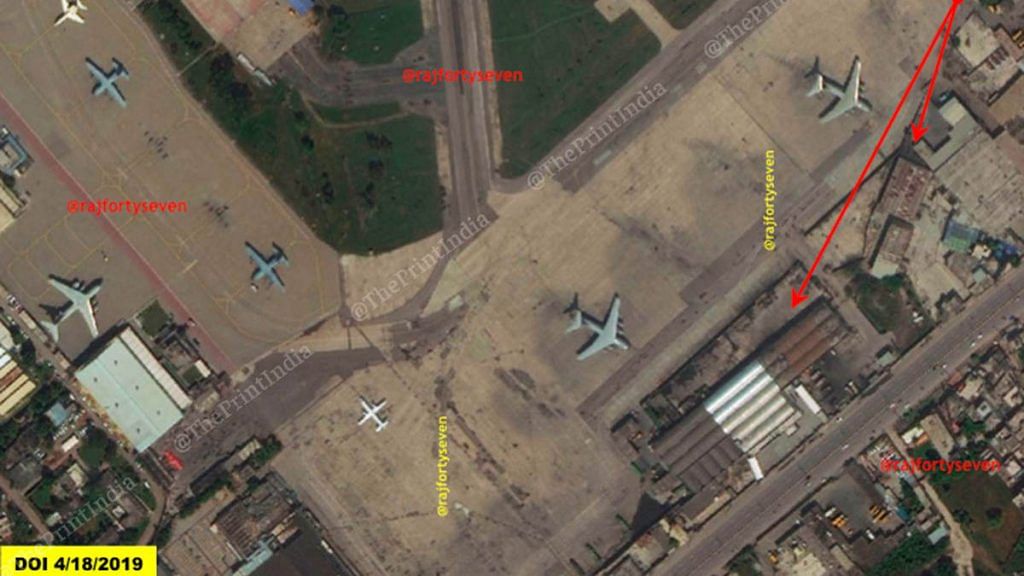New Delhi: Following its friend China’s lead, Pakistan has taken to using its civilian airports for military purposes as well.
The old Benazir Bhutto International Airport in Islamabad could hold about a squadron of aircraft, 16 in hardened shelters and the rest on operational readiness platforms (ORPs). The new Islamabad International Airport, which replaced the old one last year, can hold at least half a squadron of fighters, with eight of them in hardened shelters and four on ORPs.
The Pakistan Air Force generally follows a policy of activating these dual-use airports for military use during emergencies.
The activation of Karachi’s Jinnah International Airport was observed on satellite imagery in the aftermath of India’s Balakot strikes.
China has 60 dual-use airports for civil and military use. All the airports in Tibet fall under this category. The dual use of any airport brings in inherent strategic benefits, and enhances support facilities. It obviously saves on expenditure by not having to create additional infrastructure.
ThePrint takes a close look at the latest satellite imagery to understand what Pakistan is doing in Islamabad and Karachi.
Advantages of dual-use airports
The main advantage of any dual-use airport is that it is economical, since infrastructure can be used by both military aircraft and civil flights.
Such airports provide for well-dispersed deployment, which dissipates attackers’ resources, thus evading extensive damage in one pass.
Since there are civilian aircraft and, at many places, international flights in the vicinity, an attacker is likely to avoid pre-emptive bombing, considering international ramifications.
This gives inherent air defence to the airport, caters for redundancy of infrastructure, and imbibes security consciousness among civil employees etc.
Also read: Pakistani engineering near Kartarpur Corridor could cause floods, threaten pilgrim safety
New Islamabad International Airport
The new airport to serve the Islamabad-Rawalpindi area began construction in 2008, but was completed only in May 2018.
Satellite imagery suggests that it was not planned as a dual-use airport, with provisions only being added at the end of 2017, after India objected to the China-Pakistan Economic Corridor passing through Pakistan-occupied Kashmir.
The engineers displayed indecision — like in the case of Kartarpur reported by ThePrint earlier — changing the blueprints twice.
At the new airport, there are two specially-protected underground bunkers for pilots to stay in, and two protected bunkers for ammunition storage.
The old airport
The old Islamabad airport, named after Benazir Bhutto after the former prime minister was assassinated in 2008, was infamous for its poor facilities, and in 2014, was named the world’s worst airport.
But it was a dual-use airport, as was clearly visible when it was activated after the Balakot strikes, just as it had been after the Lahore bombings on 8 and 12 March 2010.
The old airport housed Pakistan International Airlines’ kitchen, cargo, technical ground support and engineering departments. All these were planned to be moved to the new airport, but the facilities were not completed.
Soon after the Balakot strike, satellite imagery indicates that the PIA facilities were shifted to Karachi’s Jinnah International Airport temporarily, until the new complex became ready.
The PIA complex at the Bhutto airport has now been handed over to the Pakistan Air Force, which has absorbed it into its Nur Khan air base, earlier known as the Chaklala base.
The hardened aircraft shelters at the Bhutto airport have received an extra coat of concrete hardening after March 2019.
Also read: The China-Pakistan Economic Corridor has a weak link, satellite images show
